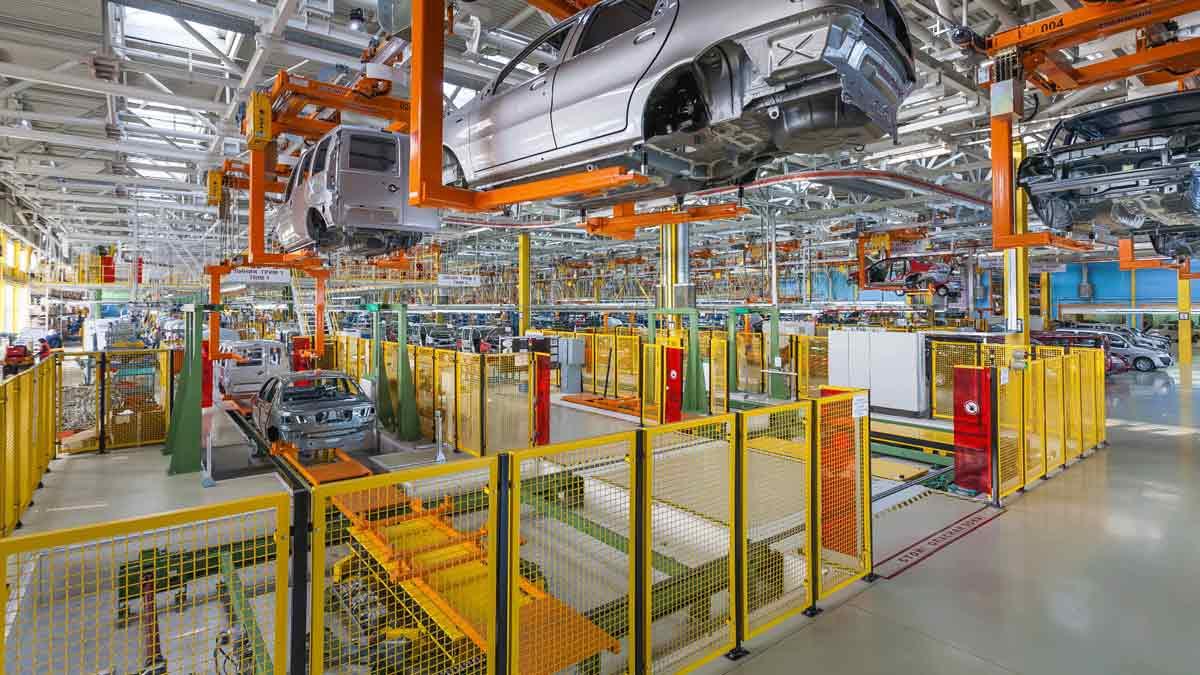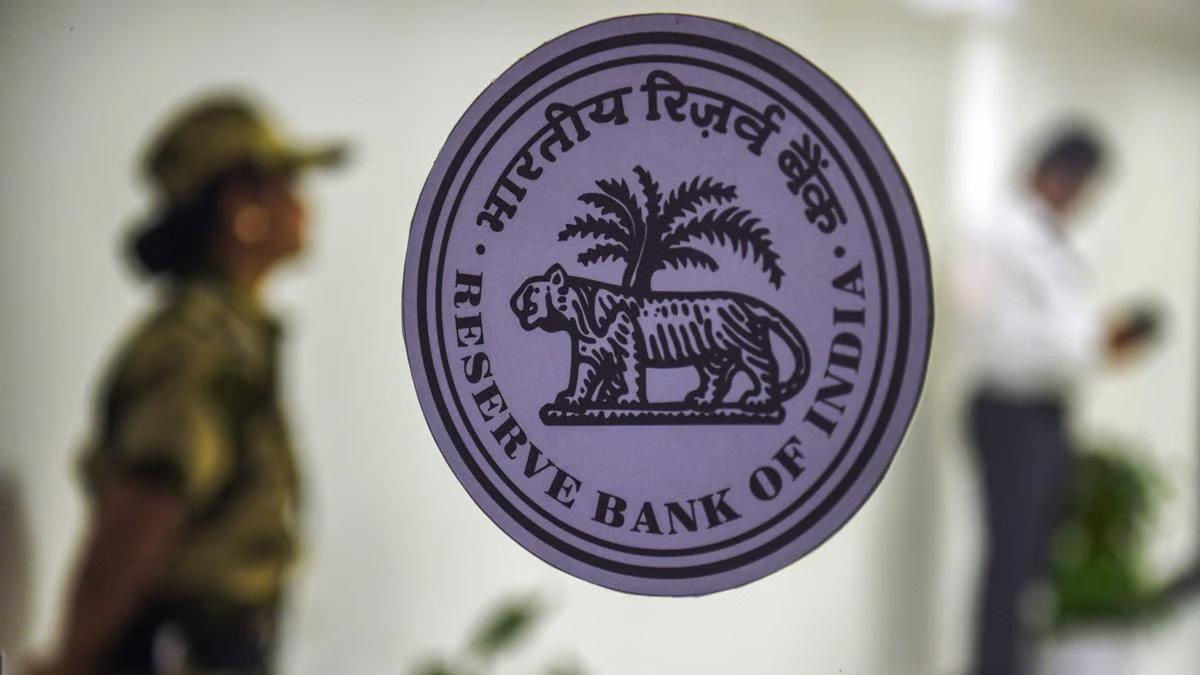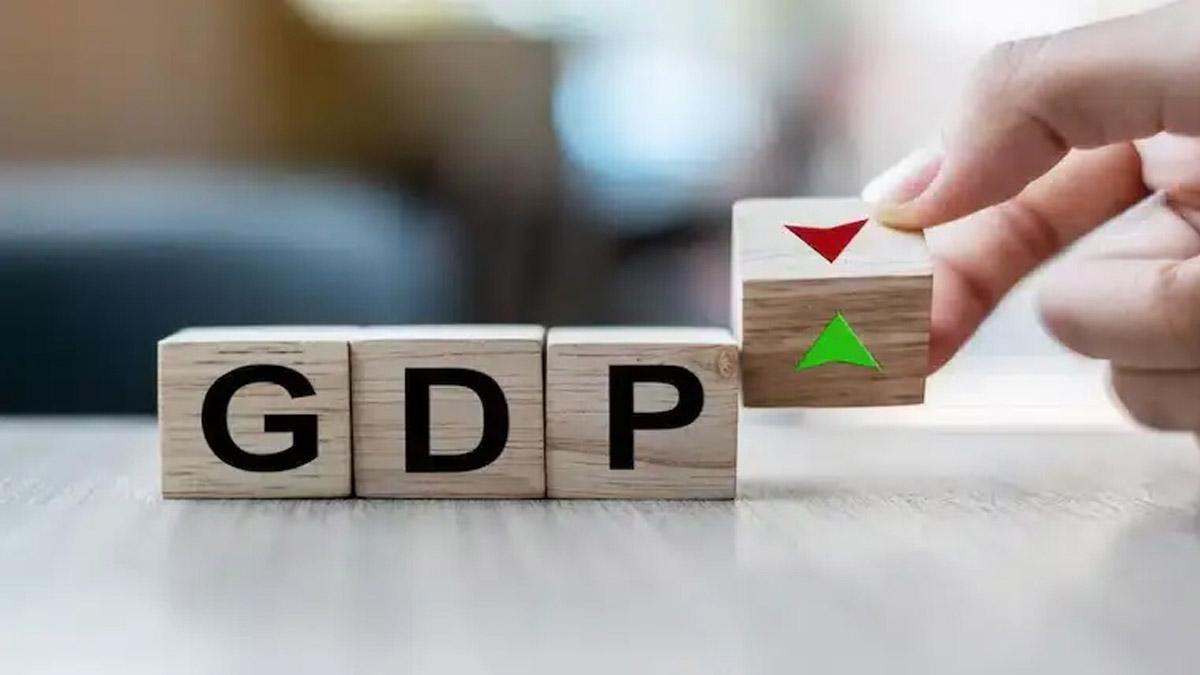The United Nations has revised upwards the growth rate projection for the Indian economy this year by 0.7 percent to 6.9 percent. The revision makes India the fastest-growing large economy in the world.
Hamid Rashid, chief of the UN's Global Economic Monitoring Branch, attributed the rosy forecast to declining inflation, robust exports and an influx of foreign investments.
“The drivers (of higher projection) are very simple: inflation has come down significantly, and that means the fiscal position is not as constrained as in other countries,” he said at the release of the mid-year edition of the World Economic Situation and Prospects (WESP) report.
Rashid stated that India's exports have been remarkably strong, and the country is witnessing an increase in investments from Western sources as flows to China drop. He further stated that India's deal with Russia on importing oil helps in keeping costs low.
The mid-year update of the World Economic Situation and Prospects report also said employment scenario for India was rosy.
"In India, labour market indicators have improved with strong growth and higher labour participation," the report said, adding women's participation in the labour force has increased significantly, particularly in South Asia.
The forecast for next year for India has been retained at 6.6 percent. The Indian economy had grown by 7.5 percent last year, after a 7.7 percent growth in 2022, as it recovered from the deep slowdown in the wake of the Covid-19 pandemic.
The WESP report also revised the global economic growth projection for this year to 2.7 percent, up by 0.3 percent from the January forecast. It commented that leading economies have managed to decrease inflation without causing unemployment or a recession. However, the report warned of continuing headwinds, including high-interest rates persisting, debt problems, and rising geopolitical risks—these are probably going to prevent stable and sustainable economic growth.
The developing economies are generally outperforming those that are developed, with an average growth rate of 4.1 percent as compared to 1.6 percent for the developed economies. However, the report acknowledged that growth among developing nations is uneven. Large developing economies, including India, Indonesia, and Mexico, are performing well due to strong demand, both domestic and external; however, many African, Latin American, and Caribbean economies are growing slowly due to political instability, higher borrowing costs, and volatile exchange rates.
The economy of China is projected to grow this year by 4.8 percent, hence being the second fastest-growing large economy. The US is projected to have a growth of 2.3 percent.
The report observed that the chance of a sharp downturn in the US economy has decreased despite significant monetary tightening. Looking ahead, the report singled out the WESP risks and opportunities in rapid technological change.
“The breakneck pace of technological change — including in machine learning and artificial intelligence — presents new opportunities and risks to the global economy, promising to boost productivity and advance knowledge on the one hand, while exacerbating technological divides and reshaping labour markets on the other,” it said.
Read Also | India's Agricultural Budget Surges Over 300% in Past Decade, Reveals FAIFA Report
Read Also | March Sees 4.9% Growth in India's Industrial Production


















